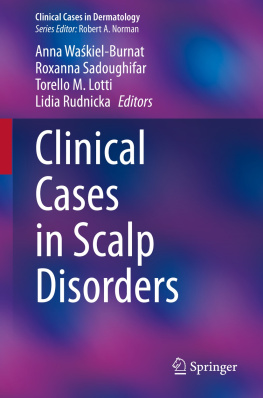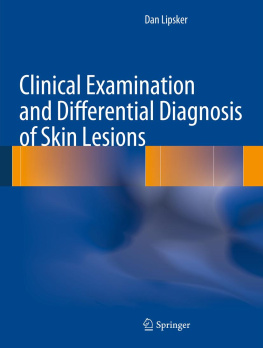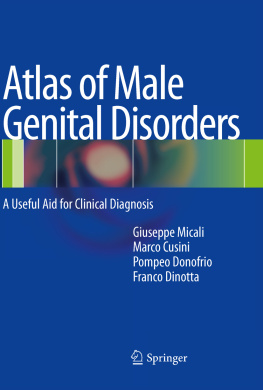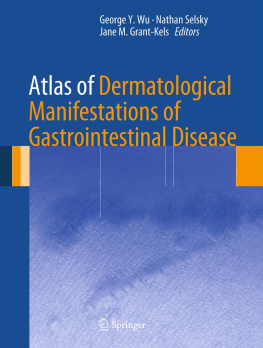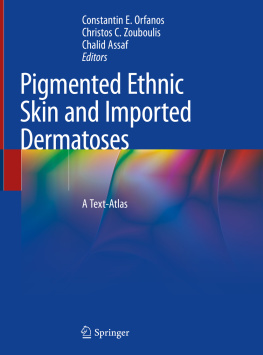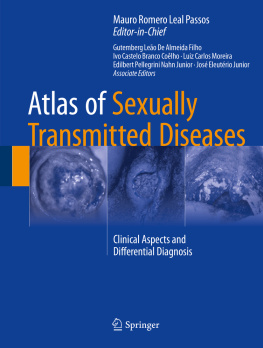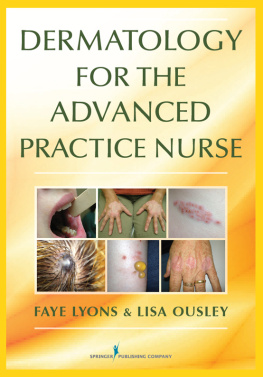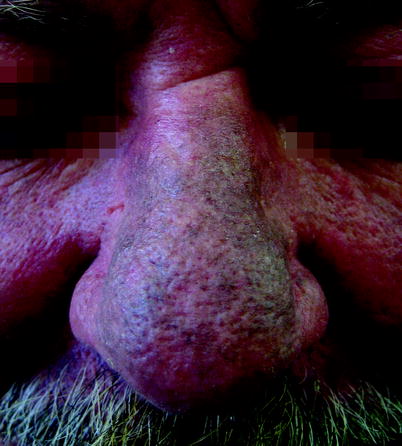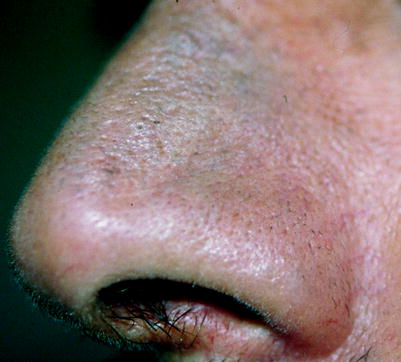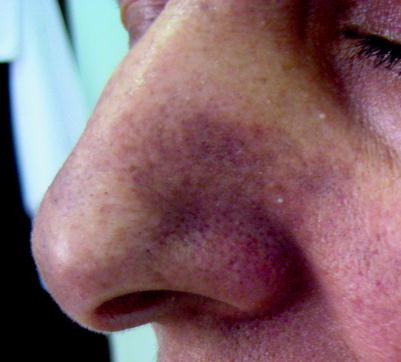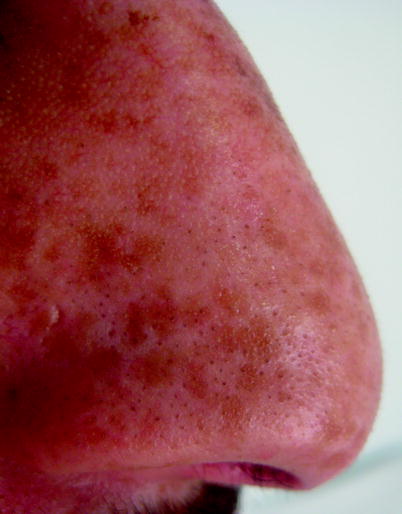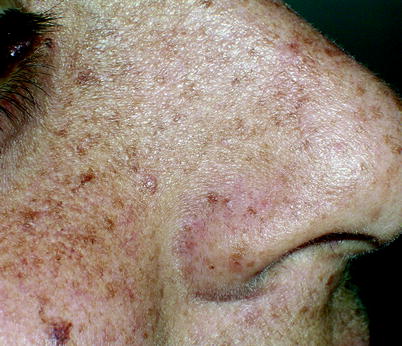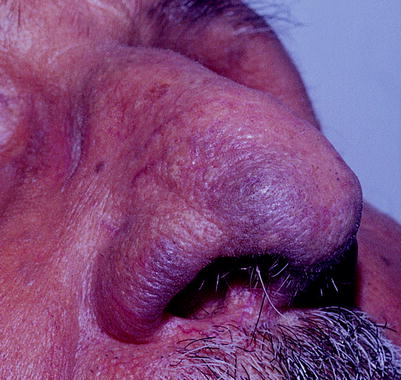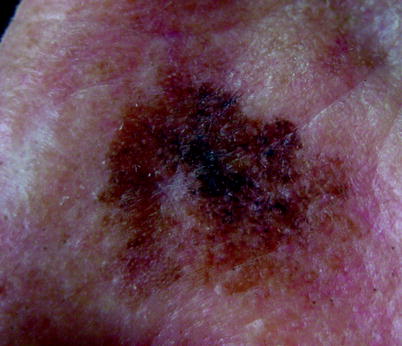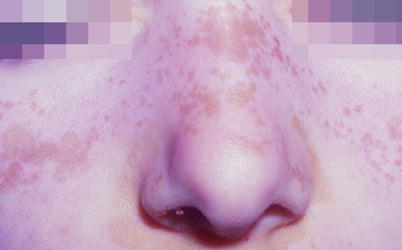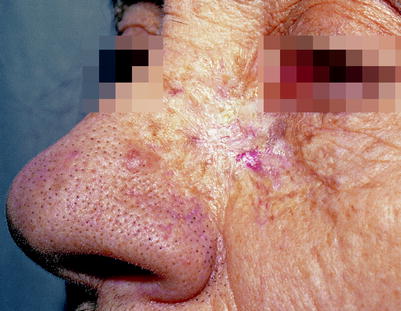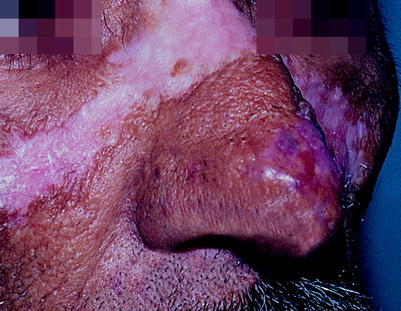Can Baykal - Dermatological Diseases of the Nose and Ears: An Illustrated Guide
Here you can read online Can Baykal - Dermatological Diseases of the Nose and Ears: An Illustrated Guide full text of the book (entire story) in english for free. Download pdf and epub, get meaning, cover and reviews about this ebook. year: 2009, publisher: Springer Verlag, genre: Children. Description of the work, (preface) as well as reviews are available. Best literature library LitArk.com created for fans of good reading and offers a wide selection of genres:
Romance novel
Science fiction
Adventure
Detective
Science
History
Home and family
Prose
Art
Politics
Computer
Non-fiction
Religion
Business
Children
Humor
Choose a favorite category and find really read worthwhile books. Enjoy immersion in the world of imagination, feel the emotions of the characters or learn something new for yourself, make an fascinating discovery.
- Book:Dermatological Diseases of the Nose and Ears: An Illustrated Guide
- Author:
- Publisher:Springer Verlag
- Genre:
- Year:2009
- Rating:4 / 5
- Favourites:Add to favourites
- Your mark:
Dermatological Diseases of the Nose and Ears: An Illustrated Guide: summary, description and annotation
We offer to read an annotation, description, summary or preface (depends on what the author of the book "Dermatological Diseases of the Nose and Ears: An Illustrated Guide" wrote himself). If you haven't found the necessary information about the book — write in the comments, we will try to find it.
Dermatological Diseases of the Nose and Ears gives comprehensive information about the lesions of these regions. It contains high quality original clinical pictures, which make the diagnosis easier in this important aspect of clinical dermatological practice. All diseases involving the nose and ears are discussed separately with a clinical differential diagnostic approach. As a result approximately 600 different diseases are addressed in the book. In clinical practice, physicians may observe lesions of the nose or ear only. After identifying the elementary lesion, the clinician can more easily uncover the diagnosis of a local or disseminated or systemic disease with the help of this book. Furthermore, this color illustrated book guides the reader to the diagnosis of the prevalent skin tumors frequently involving these localizations, addressing an important health care problem.
Can Baykal: author's other books
Who wrote Dermatological Diseases of the Nose and Ears: An Illustrated Guide? Find out the surname, the name of the author of the book and a list of all author's works by series.



